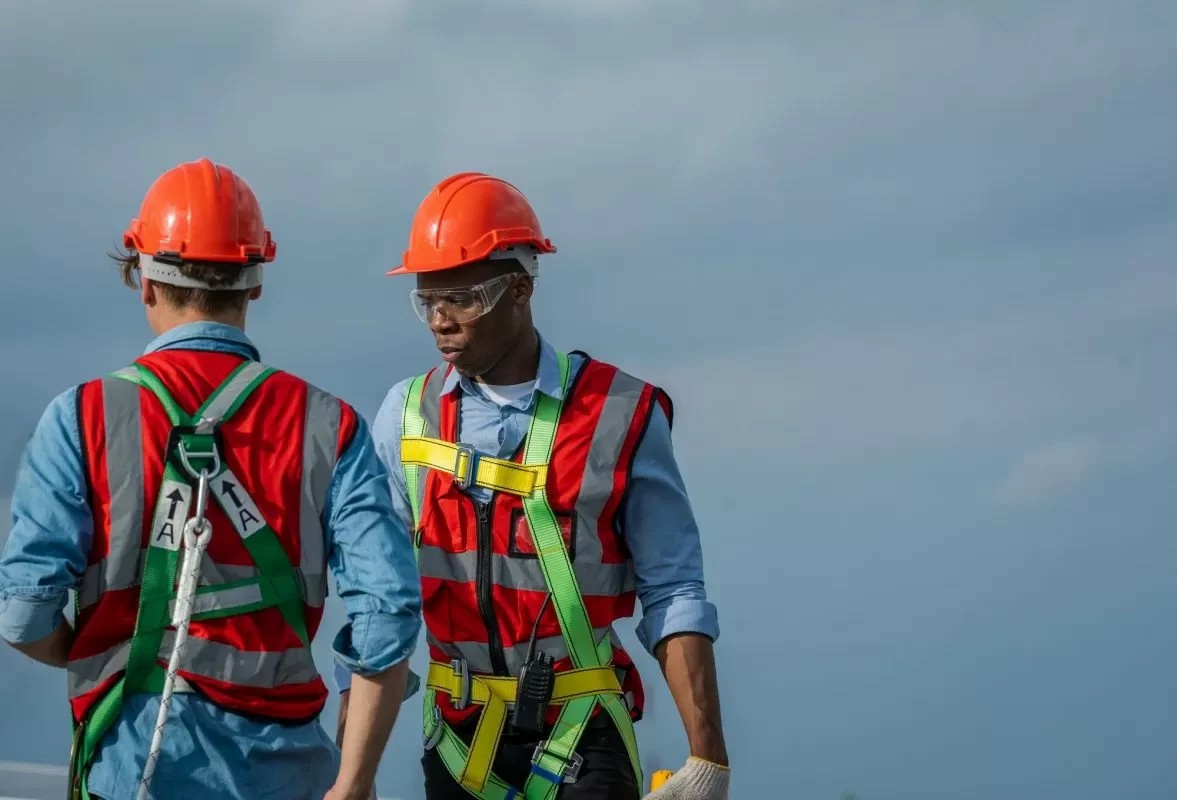Unlocking Safety: The Power of Effective Communication in Working at Heights
In high-risk environments, such as working at heights, the stakes are incredibly high. A minor lapse in communication can lead to serious consequences, including accidents and fatalities. As such, enhancing working at heights safety through effective communication practices is not just beneficial; it's essential. In this blog, we will explore how clear instructions, teamwork, and emergency signaling contribute to a safer work environment.
Why Communication Matters in Working at Heights
The risks associated with working at heights cannot be understated. Poor communication can result in misunderstandings, mismanaged tasks, and ultimately, accidents. Research shows that up to 70% of workplace accidents can be attributed to communication failures. Thus, establishing robust communication protocols is critical for ensuring safety.
The Impact of Clear Instructions
Clear and concise instructions form the backbone of an effective safety strategy. Here are some ways they can enhance safety:
- Pre-Task Briefings: Before starting any task, it's essential to conduct a pre-task briefing. This meeting should outline the project scope, safety measures, and individual responsibilities.
- Standard Operating Procedures (SOPs): Disseminating SOPs ensures everyone understands the safety protocols to follow when working at heights. This minimizes the margin for error.
- Visual Aids: Using diagrams, charts, and signage can enhance understanding, especially for complex operations.
Emphasizing Teamwork
Working at heights often requires navigation and cooperation among multiple team members. Teamwork plays a vital role in enhancing safety:
- Coordinated Efforts: When team members communicate effectively, tasks can be performed together more efficiently. Each member's role must be clear to avoid confusion.
- Regular Check-ins: Encourage team leaders to conduct regular check-ins to ensure everyone is on the same page, especially during long projects.
- Feedback Loops: Creating an environment where team members feel comfortable providing feedback can lead to continual improvement in safety practices.
Emergency Signaling Techniques
In the event of an emergency, clear communication is crucial for swift action. Implementing standardized emergency signaling can enhance safety:
- Hand Signals: Establish a set of hand signals that all team members understand to communicate during high-noise scenarios.
- Two-way Radios: Providing team members with radios ensures that critical information can be disseminated quickly without confusion.
- Emergency Role Assignments: Assign specific roles during an emergency. For example, someone should be in charge of communication while others focus on the immediate response.
Best Practices for Implementing Effective Communication in Working at Heights
To cultivate an enhanced communication culture in your workplace, consider the following best practices:
- Regular Training: Investing in working at heights training ensures everyone is knowledgeable about safety protocols and communication strategies.
- Continuous Improvement: Encourage team members to suggest changes to communication processes. Flexibility leads to better safety outcomes.
- Incorporate Technology: Utilize apps and platforms designed for workplace communication to keep everyone informed in real-time.
Case Studies: The Real-World Impact of Effective Communication
Let’s look at a couple of case studies that highlight the importance of effective communication:
- Case Study 1: A construction company implemented a new pre-task briefing system. As a result, their accident rates dropped by 30% within six months.
- Case Study 2: A maintenance crew adopted standardized hand signals and radio communication, leading to a 50% decrease in near-misses during operations at height.
Conclusion: Invest in Communication-Focused Safety Training
It is evident that effective communication plays a fundamental role in maintaining safety while working at heights. From clear instructions to teamwork and emergency signaling, each element is integral to preventing accidents. Businesses must strive to improve their communication strategies, investing in working at heights training to cultivate a culture of safety.
For more information about working at heights training, or to enroll in a course, visit Ireland Safety Training or contact us at [email protected].



 349,500 Offered Certificates
349,500 Offered Certificates
 24/7 Online Training
24/7 Online Training
 Money Back Guarantee
Money Back Guarantee
 Fully Accredited Courses
Fully Accredited Courses
